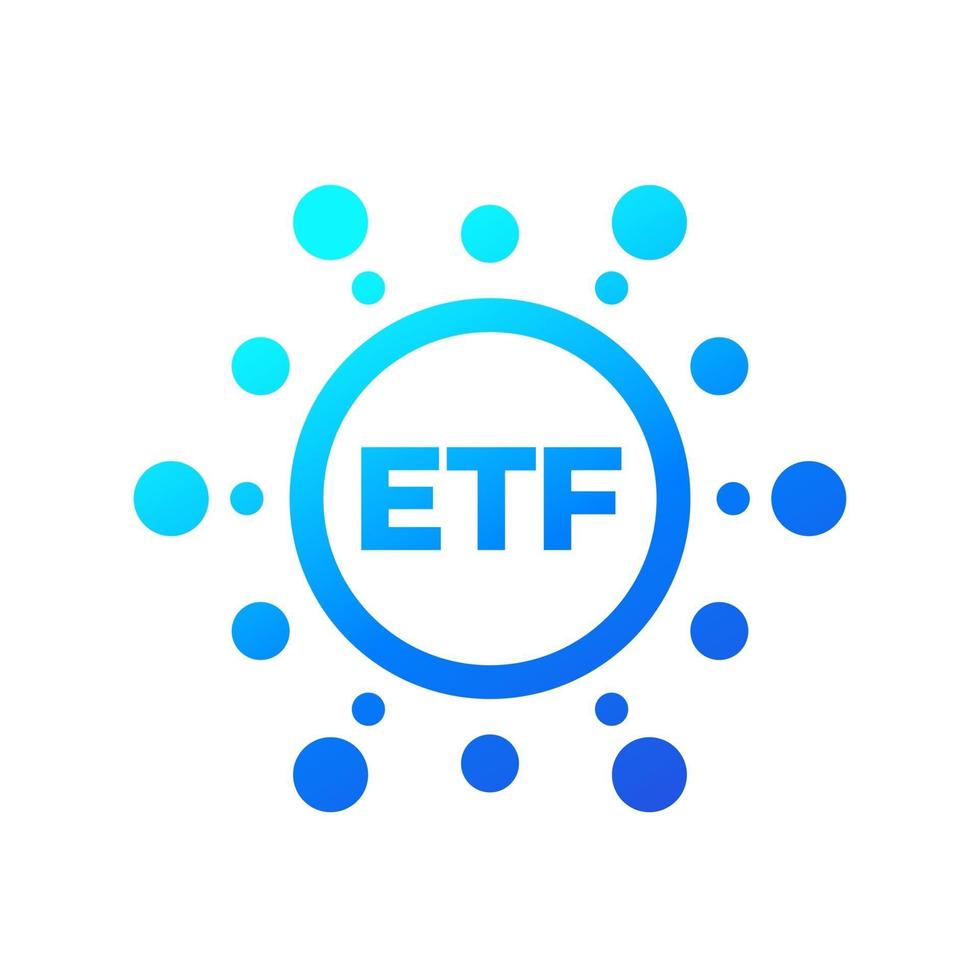
What is an Exchange Traded Fund (ETF)?
Exchange traded funds (ETFs) are investments that trade on stock exchanges. Similar to mutual funds, ETFs offer shares for trading throughout the day.
ETFs typically feature a transparent portfolio that fully discloses the underlying holdings of the fund. This openness helps investors better assess risks and diversification options.
Definition
Exchange traded funds (ETFs) are investment products that trade on an exchange like stocks. ETFs allow investors to invest in multiple securities at once and typically have lower fees than mutual funds or individual stocks.
ETFs may be constructed around a pre-packaged basket of securities or an index such as the S&P 500, or they could encompass an array of assets and strategies. They could be tailored towards a certain sector, country or theme and may contain international securities and commodities.
These funds can be an excellent way to diversify your portfolio and gain exposure to new investments. They may also fill any holes in your portfolio or direct it towards a certain market segment.
Exchange traded funds can be traded throughout the trading day, unlike mutual funds which trade only once each day at market close. Furthermore, exchange traded funds tend to be more liquid and offer price discovery and arbitrage capabilities.
Taxes
Investors holding mutual funds or ETFs typically must pay tax on dividend income and capital gains realized by the fund or ETF. This is because a mutual fund or ETF manager must buy and sell securities within its portfolio in order to raise cash for investment purposes, which could lead to realized gains that are then distributed back to investors.
Another factor that may influence a fund or ETF’s tax liability is its management structure. Most mutual funds are actively managed, while most ETFs are passively managed.
An ETF manager typically rebalances their holdings when an index changes its constituent stocks, making it generally more tax efficient than a mutual fund. However, some ETFs may be costlier than their mutual fund counterparts due to additional fees associated with commissions when buying or selling shares of the ETF.
Some newer commodity ETFs hold commodities futures contracts, which may result in higher short-term capital gains tax rates. To combat this issue, the IRS has a 60/40 rule which states that 60% of gains are taxed at a lower long-term rate and 40% at a higher short-term rate.
Liquidity
Liquidity is the capacity of a business or individual to meet short-term obligations with their existing assets, such as cash, stocks and bonds.
Businesses require liquidity to pay bills, manage payrolls and carry out day-to-day activities. Furthermore, they should have enough liquid assets on hand for short term business or financial obligations like taking out a loan to hire more employees.
Stocks, for instance, tend to be considered liquid as they can be traded on a public exchange and bought or sold quickly. On the other hand, other types of property like land or buildings may take weeks or months to convert into cash.
Companies can assess their liquidity by calculating several ratios. The most basic is the current ratio, which divides current assets (cash assets and other) by current liabilities.
Trading
Exchange traded fund (ETF) is an investment security that trades like stocks. ETFs offer investors the chance to access a vast portfolio of securities at relatively low costs.
ETFs offer many advantages over conventional mutual funds and may be an advantageous investment choice for individual investors. However, you should be aware of certain drawbacks before investing in an ETF.
Trading ETFs is usually straightforward and can take place any time during the day. This differs from mutual funds, which must only be bought or sold at a price determined after the market closes.
Trading costs for ETFs can differ based on an ETF’s Asset Under Management (AUM) and daily trading average. These fees include brokerage commissions, bid/ask spreads and premium/discount to fund NAV.
